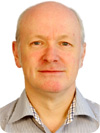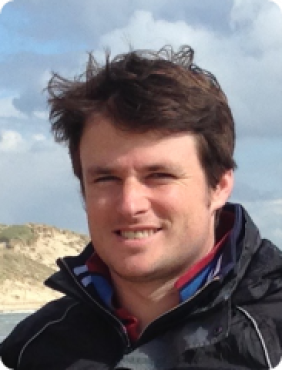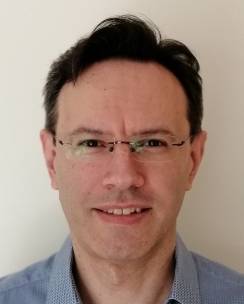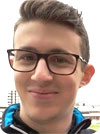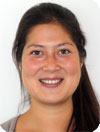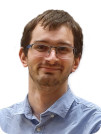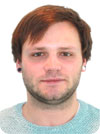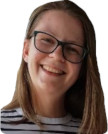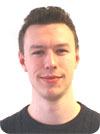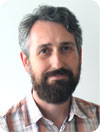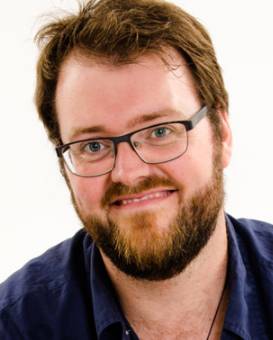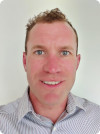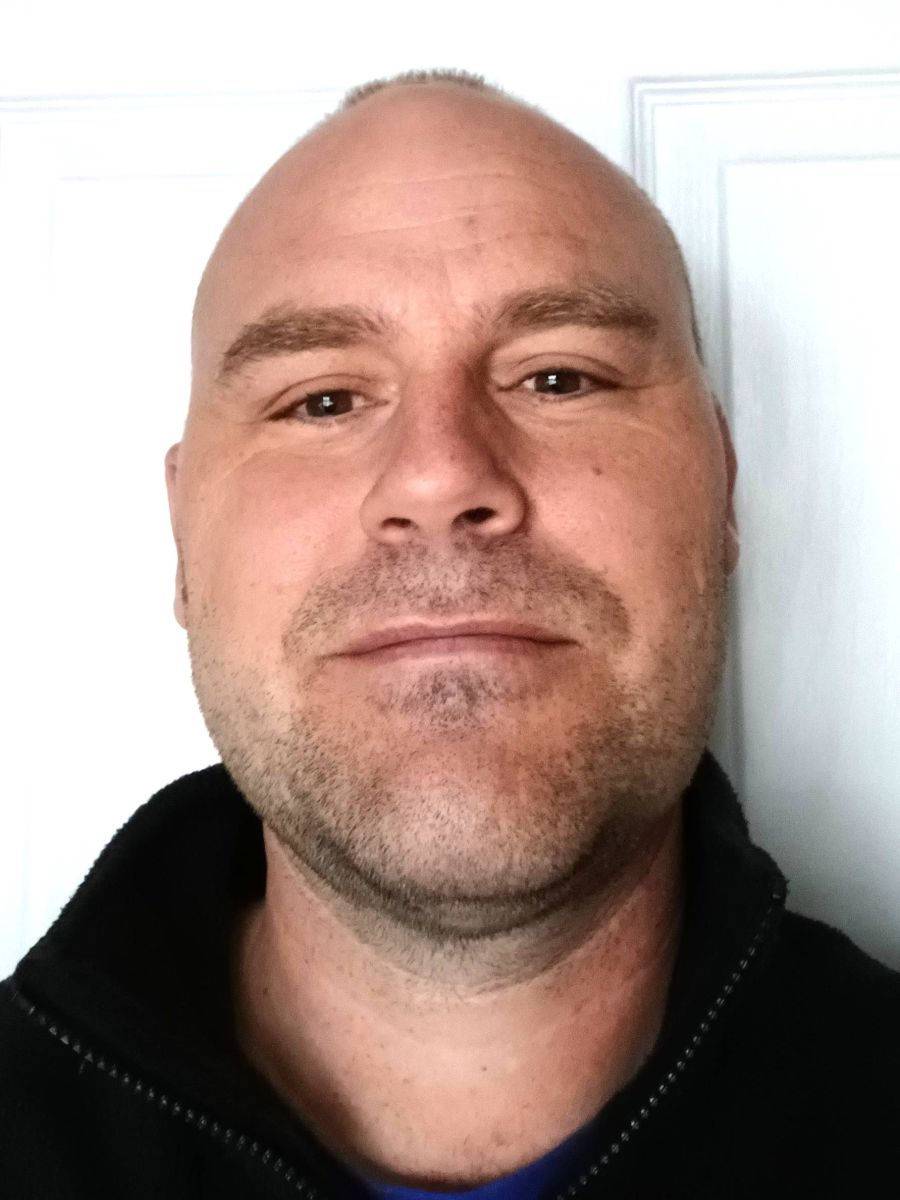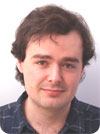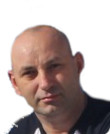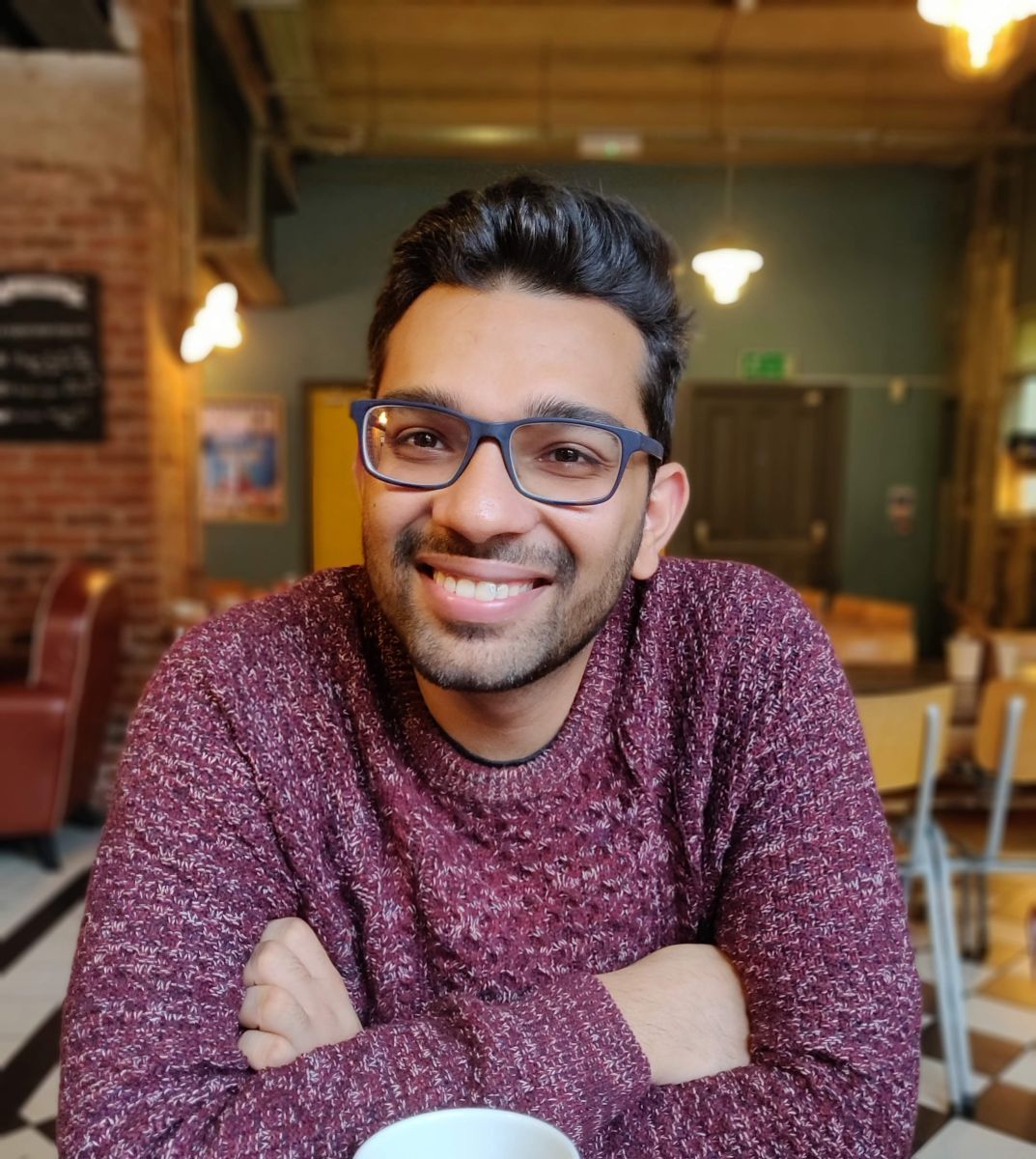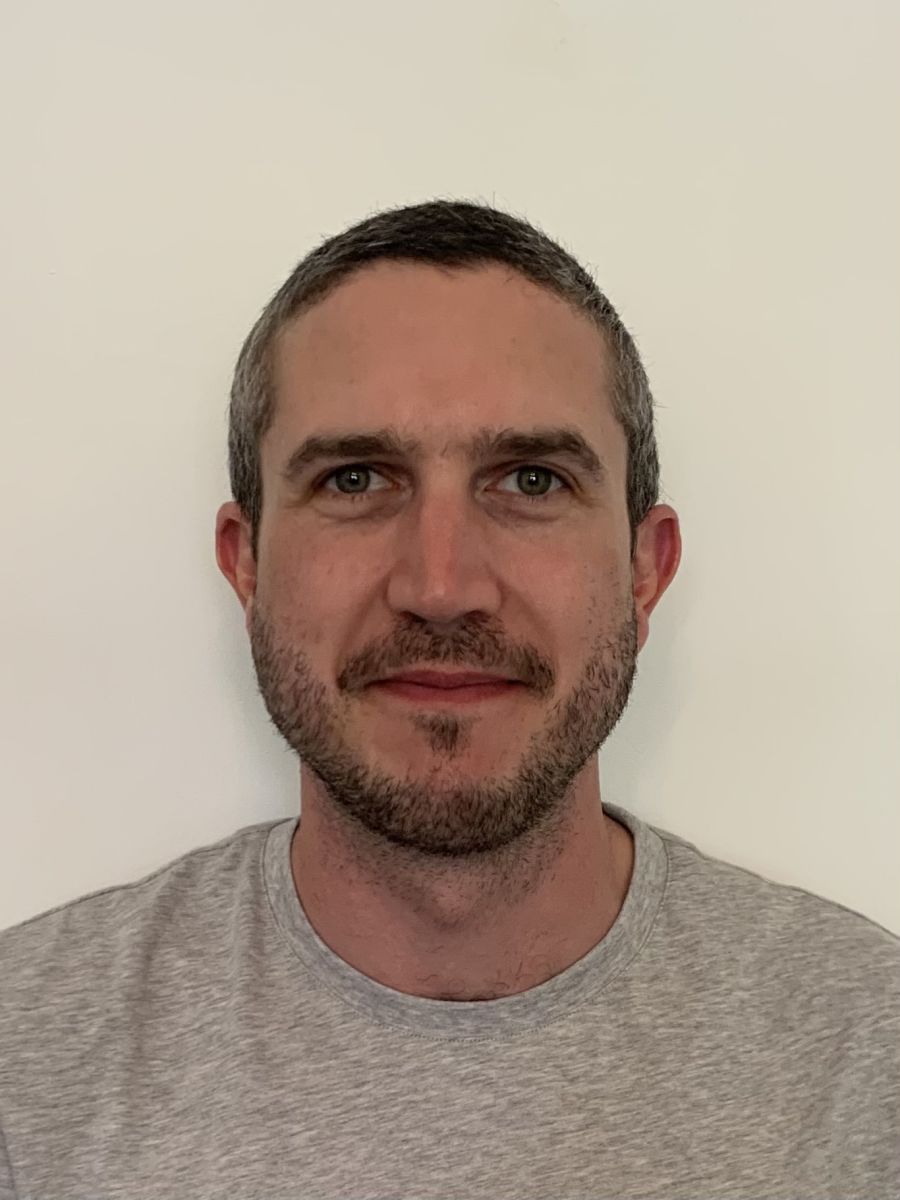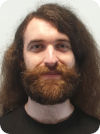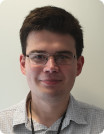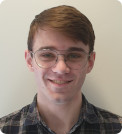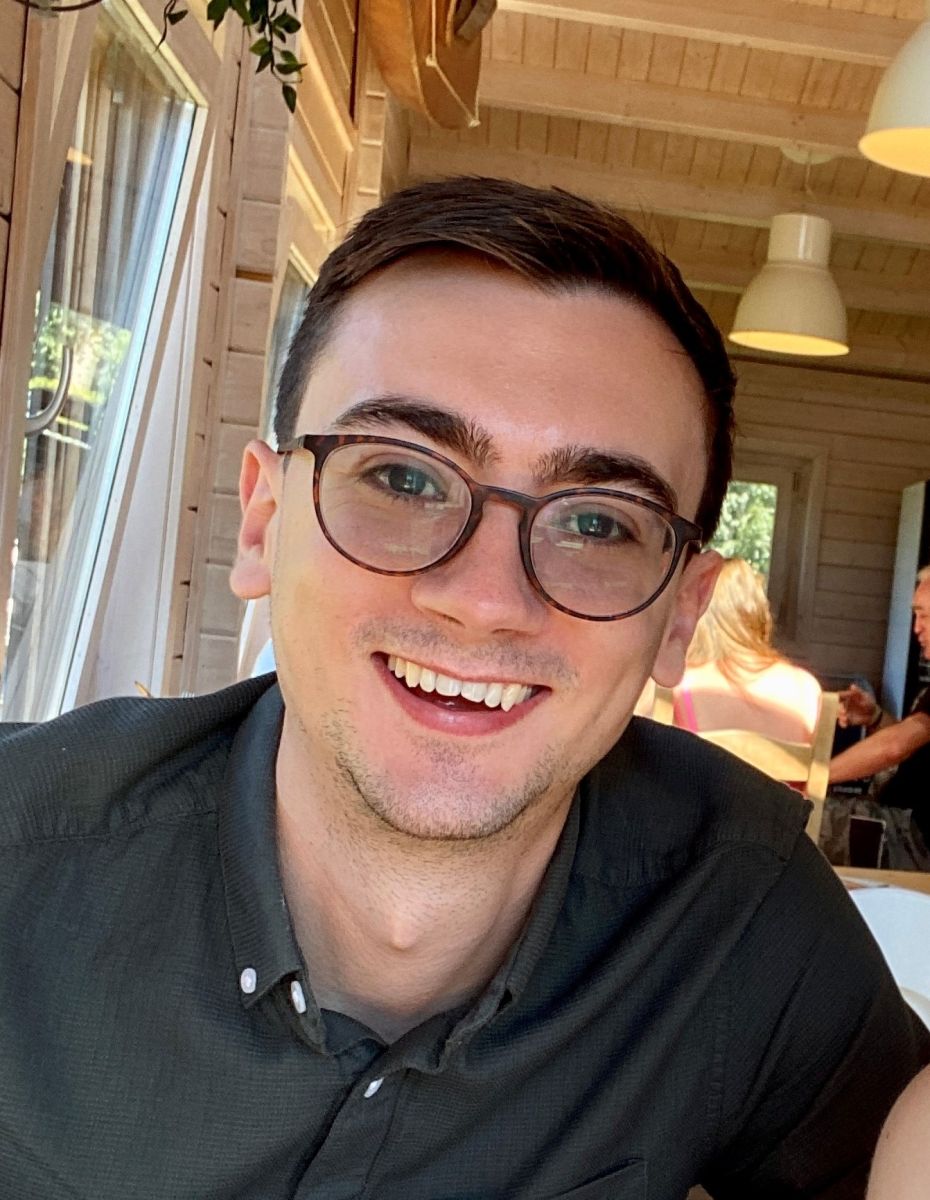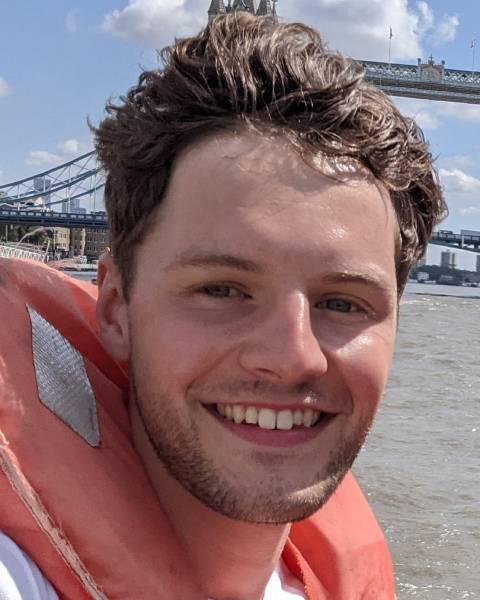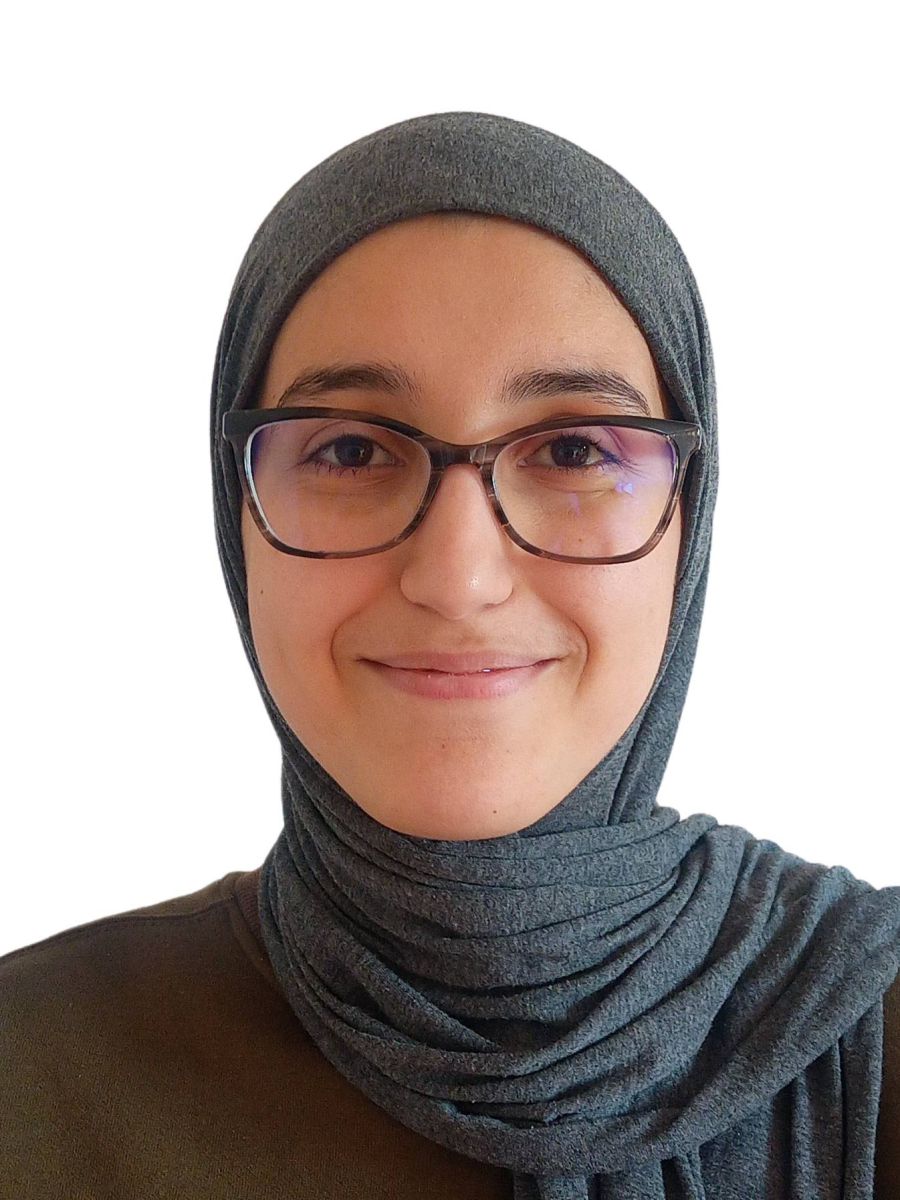You are here
- Home
- Staff
Staff

Academic Staff
Prof. Andrew Holland: Andrew is an expert in detector physics and has worked on the development of a number of successful space instruments. Working on a range of detector developments over the past two decades, he has a wealth of knowledge and experience advising on instrument related issues, in particular radiation damage effects and the prediction of orbital performance.
Dr. David Hall: David is a Senior Lecturer in Physical Sciences at the Open University. Joining the CEI in 2006, for over nearly two decades he has worked across many different areas, including the space radiation environment, radiation background and shielding, novel detector developments in CCDs, EMCCDs and CMOS image sensors, and spin-out applications in synchrotron and medical physics. He has worked on many ESA missions, including XMM-Newton, Gaia, Euclid, Athena, SMILE and Theseus, UKSA's UKube-1, and the NASA Nancy Grace Roman mission (formerly WFIRST). Within his research he has developed new methods to characterise radiation-induced defects ("traps") in silicon, leading to a more fundamental understanding of how radiation damage affects charge transfer in CCDs and methods incorporated in the flight calibration plans for Euclid VIS, SMILE SXI and Nancy Grace Roman CGI.
Dr. Konstantin Stefanov: Konstantin received his PhD from Saga University in Japan in 2001 working on radiation damage effects in CCDs for detector applications in high energy physics experiments. After that he joined Rutherford Appleton Laboratory and worked on high speed column-parallel CCDs, readout electronics, semiconductor device simulations and characterisation. At RAL he led the development of an innovative sensor in deep submicron CMOS technology incorporating CCD-style charge transfer for in-pixel signal storage. From 2008 he worked at the scientific and electronic engineering consultancy company Sentec Ltd in Cambridge. Konstantin joined CEI in 2012 to continue his research into advanced CCD and CMOS devices.
Research Staff
Dr. Thomas Buggey: Tom is currently a PDRA, and completed his PhD at the CEI, working on the soft X-ray imager (SXI) on the ESA SMILE mission. His post-doctoral work has continued on soft X-ray CCDs for SMILE SXI, but also expanded to testing and characterising soft X-ray scientific CMOS sensors as part of the ESA THESEUS mission. He is also exploring the use of CMOS technology in future mission concepts such as X-ray interferometry.
Dr. Chiaki Crews: Chiaki joined the CEI in August 2018 after completing a PhD at University College London on the non-destructive detection of poor-quality medicines using X-ray diffraction. In her current role as CEI Research Fellow she has been the technical lead on a project characterising the Comet Camera (CoCa) sensor for the ESA/JAXA Comet Interceptor mission. She also has an interest in novel CMOS X-ray sensors and is looking to develop instrumentation that utilises this technology. Prior to this she worked as an optical detector engineer within the group, analysing post-irradiation data to predict the performance of the CIS115 sensor in the JANUS camera for ESA’s JUICE mission.
Dr. Ben Dryer: Ben recieved his PhD in 2013 for the study of radiation damage and X-ray spectroscopic performance in CMOS Active Pixel Sensors (APSs) for space applications, for both astronomy and planetary observation. Ben spent a year analysing radiation damage effects on the spectral performance of CCDs in Gaia's focal plane, and spent 3 months at JAXA ISAS performing X-ray performance characterisation on APSs at high frame rates for solar observation on board Solar-C. Ben has an interest in cryogenic irradiation and how it differs from room-temperature irradiation, and is currently involved in minimising radiation induced charge transfer inefficiency on board ESA's Euclid after launch as part of the Euclid VIS instrument team. Ben also has an interest in p-channel CCD's and the potential difference in performance when compared to N-channel under irradiation.
Dr. Michael Hubbard: Michael joined the CEI in May 2020 after completing his PhD. Previously he has completed his degrees at two fellow SEPnet institutions: the University of Sussex (MPhys) and the University of Surrey (PhD). During his PhD, Michael also worked as a consultant on projects including creating 3D printed organ phantoms for radiation dosimetry. His PhD was titled "Light transport modelling of pulse shape discrimination within plastic scintillators" and utilised Geant4. At the CEI Michael continues to use this toolkit to model the radiation background for various missions including ATHENA, SMILE and THESEUS. He will focus on building an understanding of the radiation environment in space for different orbits. Michael's outside interests include TV, movies, card games and 3D printing.
Dr. James Ivory: James completed his PhD in CMOS sensors for precision astronomy in the CEI, before joining as an image sensor characterisation engineer in 2021. His work consists of characterising CCDs and CMOS sensors before and after irradiation and has branched out into infra-red sensors. Outside interests include playing rugby, football, music, and looking after his dogs.
Dr. Zoe Lee-Payne: Zoe completed her PhD at Aberystwyth University looking at high energy ions in the Jovian System. Her thesis focused on generating a method for correcting Galileo mission data to account for radiation damage to the ion composition measurement instruments, then using corrected data to asses radiation weathering on the surface of Europa. This was followed by a post-doc in Aberystwyth, working on the Particle Environment Package on ESA’s JUICE mission, simulating radiation levels through shielding designs. She joined the CEI in June 2019 as a detector simulation scientist for the EUCLID mission.
Dr. Anton Lindley-DeCaire: Anton completed his PhD on characterising radiation damage on space imaging systems at The Open University. His thesis focused on discoveries made when irradiating Charge Coupled Devices (CCDs) with different particle types across a broad energy range. During this time, he also worked on the ESA’s JUICE mission as well as other European Space Agency (ESA) projects. Anton was hired by the CEI in 2020 following the completion of his thesis and leads a study into alternative imaging technologies to improve radiation hardness in detectors.
Dr. Steven Parsons: Steve completed his PhD in Detecting Ionising Radiation with Polarised Light at the University of Surrey in 2017 which investigated using the Pockels effect in CZT to detect X-rays using a CCD imager and a fibre-optic based interferometer. Prior to completing his doctorate Steve worked for several years at DSTL as an electronic engineer developing novel RF based detector systems. Steve joined the CEI in late 2017 as a SMILE detector scientist and is responsible for running and analysing the data from the CCD radiation damage test campaigns, Steve is also the local RPS for the CEI. Outside interests include swimming, social Latin dance and photography.
Dr. Martin Prest: Martin joined the CEI in 2018 and has been involved in various projects including: radiation testing of infrared sensors, black-silicon anti-reflection surfaces for CMOS image sensors, TCAD simulations for single photon detectors and to optimise charge multiplication in EM-CCDs. Martin contributes to the CEI’s CMOS sensor research, including the design of a custom layout for a 1M pixel array with developments for low noise and high responsivity. He received his PhD from the University of Warwick, which concerned SiGe MOSFETs for high carrier mobility and low 1/f noise, and where his post-doctoral work included development of superconducting tunnel-junction detectors for THz imaging.
Dr. Jesper Skottfelt: After finishing his PhD in Astronomy at Copenhagen University in Denmark, where he worked on an EMCCD instrument for an astronomical telescope, Jesper started as a PostDoc at the CEI in 2015. His initial work here included creating a charge transfer simulation model for the CCDs for the VIS instrument on the ESA Euclid mission. in 2017 he became a Research Fellow with responsibility for the Euclid VIS radiation damage campaign, working especially on the trap pumping method and analysis. He is now leading the trap pumping definition and analysis that will be performed as part of the in-orbit calibration routines for Euclid VIS. He is also working on a number of other projects involving detector simulation, testing and development. This includes work on the radiation damage of the detectors on the Gaia space telescope, detector testing for the Canadian UV telescope CASTOR, and building a setup for doing Quantum Efficiency measurements for UV optimised detectors.
Research Support Staff
Timothy Arnold: Tim joined CEI in June 2020 as Space Project Manager. Tim manages the SMILE and THESEUS ESA projects, Tim also assists development of proposals for new externally funded research. Tim brings a wealth of project management experience having spent over 10 years working within a commercial engineering background. Previously Tim worked for Millbrook Special Projects where his project management roles involved working with UK MoD and other government agencies to deliver niche, one-off programmes and respond to urgent capability requirements. Prior to this Tim was a Senior Project Manager at an engineering consultancym where he managed projects for an international client base including Europe, the Middle East, the Far East, and the USA.
Jamie Bantock: Jamie joined the CEI in 2019 as Space Research and Enterprise Manager and is responsible for developing new business opportunities for the group. Jamie also supports the CEI with export control and international trade compliance, in addition to contributing to the overall running of the group's activities. In his spare time, Jamie enjoys music and collecting records.
Oliver Hetherington: Oliver Joined the CEI in 2017 from the University of Leicester with an MSc in Space Exploration Systems and a BEng in Mechanical Engineering. His role in the CEI consists of CAD for experimental test campaigns and Mechanical Engineering support for Radiation Shielding design. His outside interests include, history, rocketry and rock climbing.
Artur Klarecki: Artur Klarecki joined the CEI in December 2019 as an Electronic Technician. Artur previously studied in Poland, learning electronics and studying to become an electronic engineering technician. After this, he had worked in various companies such XCAM, AG Electronics, and Howdens Joinery Group in different engineering and technician roles. His work, both previous and current, has involved building and assembling electronics for various applications.
Dr. Aman Narula: Aman joined the CEI in 2022 as a Space Systems Engineer, supporting the CEI’s Systems Engineering requirements across a number of projects. Aman obtained his Masters in Space Engineering from Politecnico Di Milano with specialisation in Controls and Systems Engineering. Prior to joining the OU, Aman worked at Rolls-Royce as a Project Systems Engineer, supporting the development of the next-gen Civil and Defence Jet Engines. Aman worked across a broad range of Systems Engineering activities from developing Integrated Simulation Platforms to defining capability for writing Model-based requirements.
Matt Wander: Matt joined the CEI in 2022 as a software engineer, having previously worked at the Met Office. He is primarily focused on developing code for characterising radiation-induced defects in CCDs in the VIS instrument on ESA’s Euclid mission, which will run in the Euclid Science Ground Segment as part of in-orbit calibration and monitoring. More broadly, he is working to support CEI staff and students with developing their software engineering skills.
Post-Graduate Students
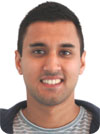
David Gopinath: David graduated from the University of York in 2015 with a Masters in Astrophysics. He is working at XCAM helping in the testing and development of cameras housing EM-CCDs for RIXS applications. He will be working towards a part time PhD funded by XCAM to improve the resolution of RIXS cameras and will be working under Matthew Soman, David Hall and Andrew Holland. Outside interests include rugby, cricket and playing the drums.
Domenic Ward: Domenic graduated from Durham in 2015 with a BSc in Physics, after which he took a couple of years out to travel around. After a year-long stint as a failure analysis technician he decided to do a PhD and joined the CEI in October 2018. Dom is studying the formation and annealing behaviour of defects in silicon detectors. Outside interests include working on classic cars and motorcycles and going to the gym.
Lawrence Jones: Lawrence Jones graduated from the University of Bristol in 2019 with an MEng in Electrical and Electronic Engineering. He will be working towards his PhD developing imaging payloads for CubeSats, supervised by Chiaki Crews, James Endicott, and Andrew Holland. Outside interests include Orienteering and tabletop wargames.
Daniel Evan: Daniel graduated from the University of Leicester in 2019 with an MPhys in Physics with Space Science and Technology. Supervised by Andrew Holland and Matthew Soman, he is assisting with the development of the flight X-ray camera for NASA's OGRE mission as part of his PhD. Outside interests include video games, tinkering with computers, and space exploration.
Bradley Kelman: Bradley graduated from the University of Surrey in 2019 with a MPhys in Physics. He then moved on to a software engineering role before starting his PhD at the Open University in conjunction with the European Space Agency (ESA) in February 2021. He is using a python-based framework to simulate and correct Charge transfer Inefficiency (CTI) under varying conditions for spaced based applications. Bradley’s supervisors at the University are Jesper Skottfelt, David Hall, Ben Dryer and Michael Hubbard. His outside interests include running, playing games and going for long walks with his dog.
Charlie Townsend-Rose: Charlie graduated from University College London in 2018 with an MSc Astrophysics. He then went on to work with the European Space Agency as a Young Graduate Trainee, assisting with the characterisation of image sensors for the ESA Euclid and PLATO missions. Charlie started his PhD at the CEI in 2021. His current work is focused on the development of a soft X-ray CMOS image sensor for space applications.
Imane Dazzazi: Imane obtained her engineering degree in Morocco at Ecole Centrale Casablanca in 2022, with an exchange year at Centrale Supelec in Metz (France), specializing in Photonics and Nanosystems Engineering. In parallel to her last year of engineering studies, she obtained a master's degree at the University of Lorraine in Metz (France) in Photonics and Optics of Materials. She spent her final year internship at Apple Europe in Grenoble (France) for six months in the camera sensing devices department, where she worked on the optimization of optical instruments using Lumerical FDTD simulations. She started her PhD at the CEI in February 2023 on infrared image sensors for space and solar systems exploration, under the supervision of Dr. Konstantin Stefanov and Dr. Martin Prest. Imane's outside interests include photography, karate, and poetry writing.
Visiting Researchers
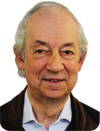
Prof. David Burt: David is a world expert in the design and manufacture of semiconductor devices. He has worked at GEC Hirst Research labs and e2v throughout the history of CCDs, and has introduced many innovative changes to CCD design for improved performance. David is seconded from e2v part-time in the group and assists with PhD student and post-doctoral researcher training, and in addition supports the research activities of the group.
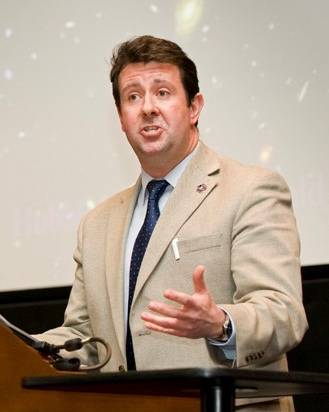
Prof. Chris Castelli: Prof. Castelli received his first degree in Physics and Astrophysics from the University of Leicester (UK) in 1987 and stayed to do an experimental Doctorate developing a new generation of imaging cameras for future space missions.
Since then, he has held a variety of senior appointments both in space industry and academia leading the development of space instruments and technology for ESA, NASA and JAXA. In August 2006, he joined the Science and Technology Facilities Council as Head of Space Science and later transferred into the UK Space Agency when it was formed in 2011. He served as the acting Director for Technology, Science and Exploration and in 2014 he was made Director of Programmes. Chris leaves the UKSA on 31st March 2023 and during his time he led the Agency’s involvement with ESA on space science and exploratory missions, oversaw the development of a range of new national programmes to drive innovation (e.g. SABRE, NovSAR, NSIP and IPP) and, working closely with MoD, led the development of new UK capabilities in Space Situational Awareness and Tracking.
He currently holds a visiting professorship in space technology with the Open University.
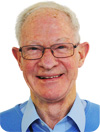
Prof. Chris Damerell: Starting as a grad student in 1962 (moving from Cape Town U to Oxford U) Chris' early career (Nimrod at RAL, AGS at BNL, PS at CERN) provided him with a great opportunity to learn the skills of an experimental physicist, working in groups with excellent and supportive leaders. In 1970, he started to develop micron precision tracking detectors, in contrast to then-current limits of ~100 μm possible using drift chambers. The physics motivation was shaky, but his group came to the fore after the discovery of charmed particles (with measurable lifetimes of ~10-13 sec) in 1974. His group pioneered pixelated vertex detectors in CERN (fixed target) then SLAC (SLC e+ e- collider). After the great physics success at SLD, he has worked to develop even more adventurous vertex detectors for future colliders, and recently expanded his horizons to consider novel tracking detectors using CMOS APS arrays (barrel radii ~2 m, ~30 Gpixels). The hope is to replace the current generation of microstrip-based tracking detectors, which are fairly opaque and cause many particles to interact before reaching the outer detectors. Chris is a visiting professor in the CEI and as well as passing on his knowledge and experience to all members of the group, is currently working with Konstantin Stefanov and David Burt on CCD development for LSST.
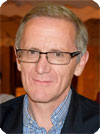
Dr. Paul Jerram: Paul has worked in the imaging division of Teledyne-e2v for nearly 25 years following a Ph.D. in atomic physics at University College London and a number of roles in different technology areas within e2v. As Chief Engineer for space imaging he is responsible for ensuring that Teledyne-e2v’s imaging technology is developed to meet customers’ needs and for sharing the roadmap with customers.
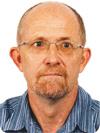
Dr. David Lumb: Dr David Lumb is an expert on space science instrumentation. He has worked for 30 years on developments of X-ray and gamma-ray image sensors and optics. He has been involved in several successful astronomy projects, including NASA Chandra and ESA XMM-Newton, for which he was the Instrument Team Leader. At present he is the Study Scientist for the International X-ray Observatory project. David currently visits the CEI group to work on some research projects and forge closer links between the CEI research group and ESA science department.
Contact us
Centre for Electronic Imaging
School of Physical Sciences
The Open University
Walton Hall
Milton Keynes
MK7 6AA, United Kingdom
Please contact us at cei@open.ac.uk with any enquiries.

